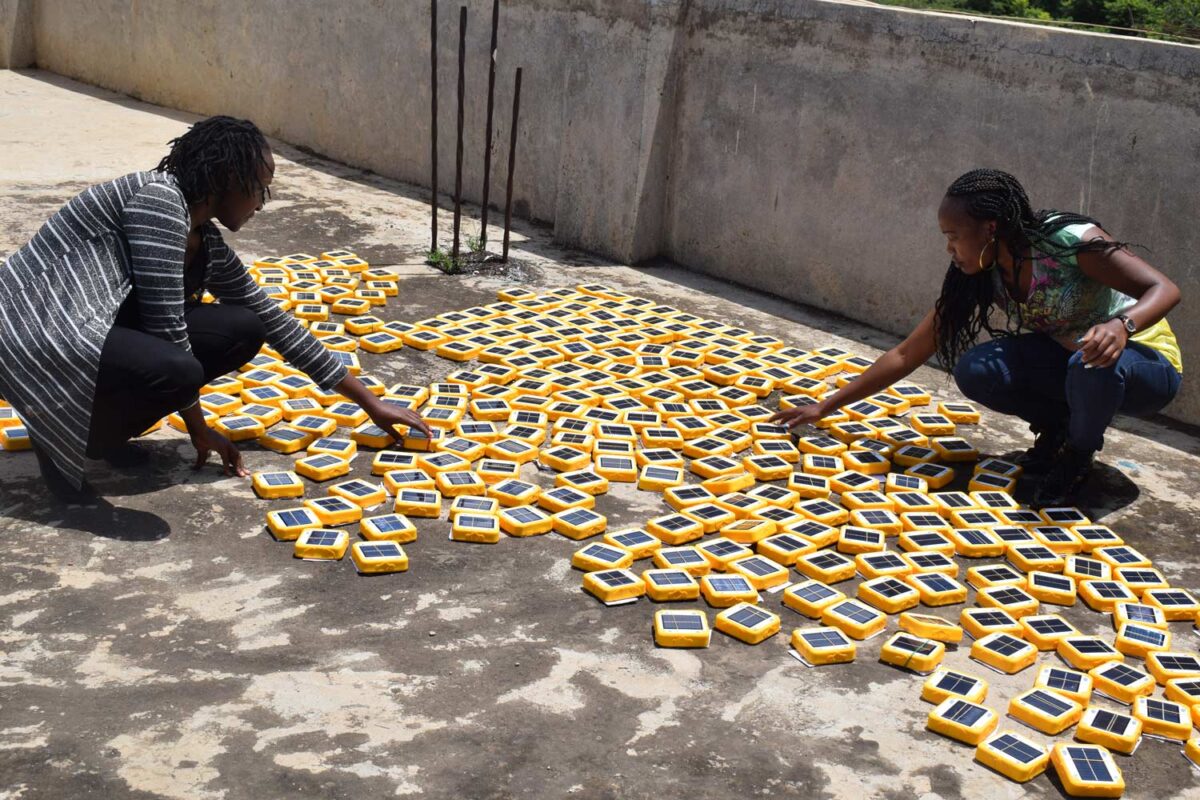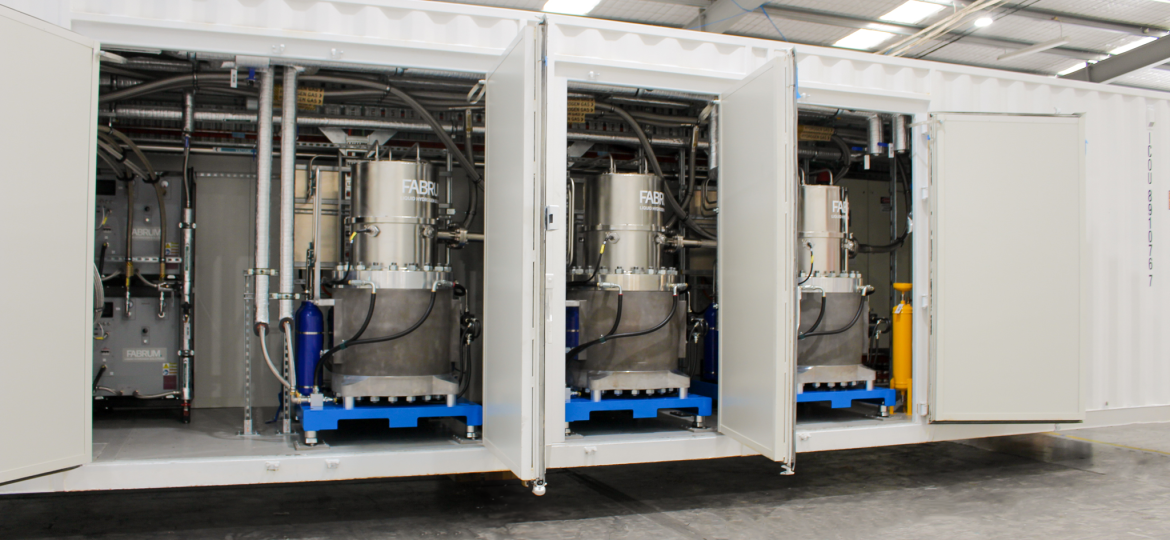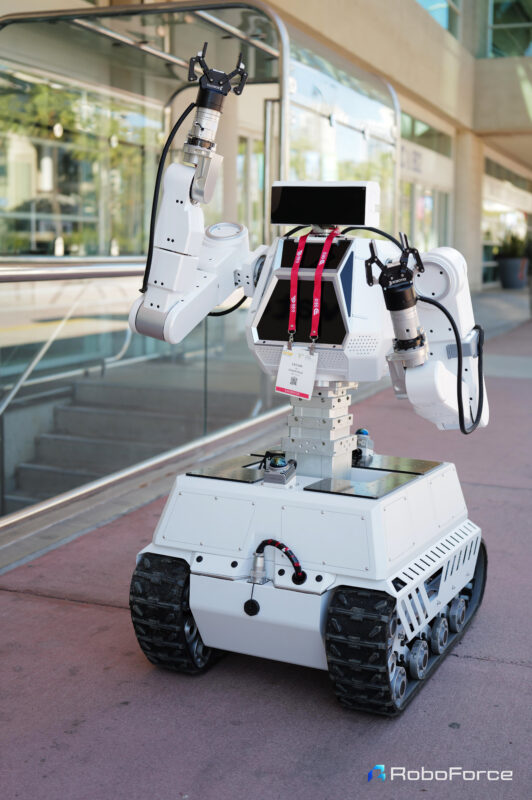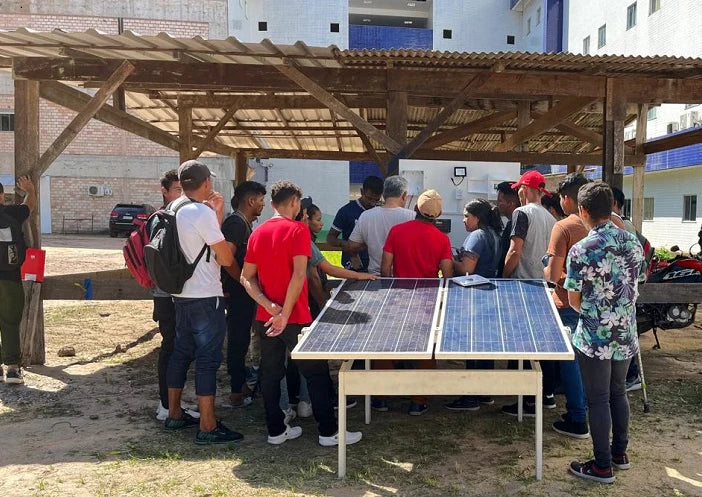https://www.pv-magazine-australia.com/2025/02/20/australian-organisation-repurposes-solar-panels-to-reduce-energy-poverty/
Australian organisation repurposes solar panels to reduce energy poverty
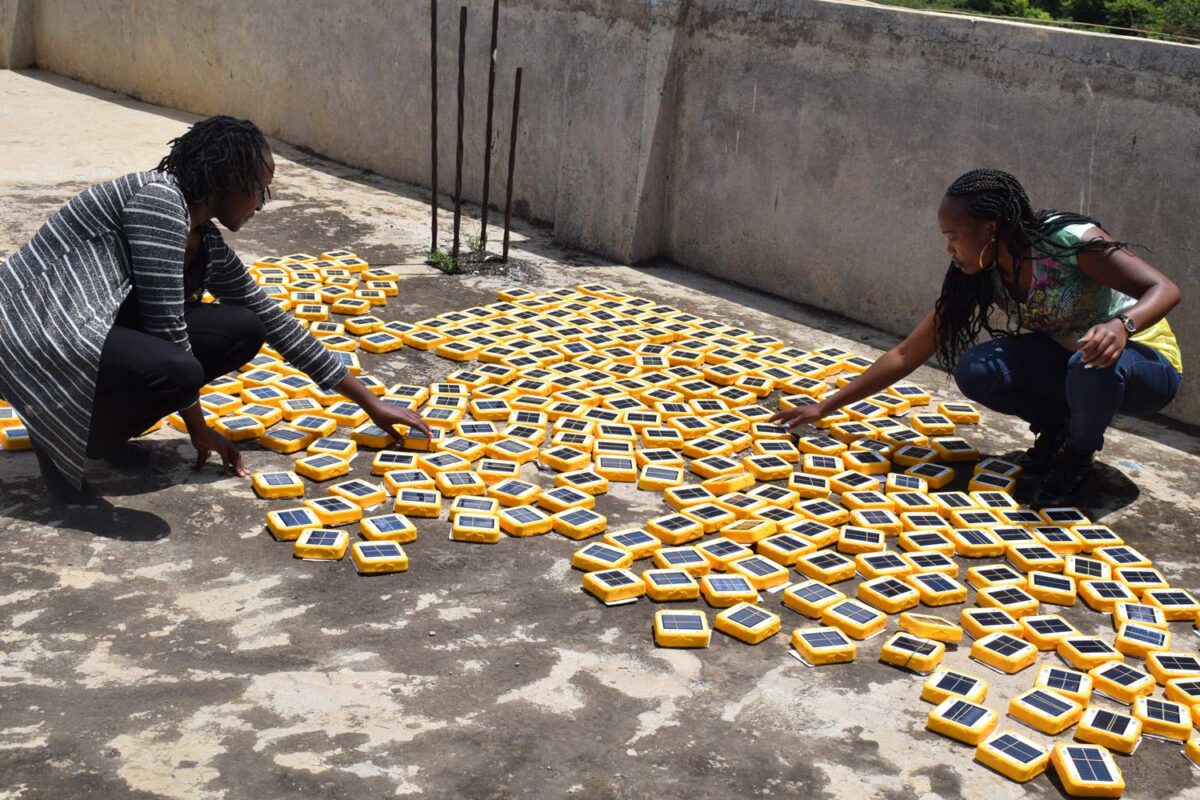
Image: SolarBuddy
Residential and commercial solar panels destined for landfill and repurposed to reduce energy poverty are at the heart of Australian-founded charity SolarBuddy’s mission to end extreme energy poverty.
The organisation’s fully recycled products are given to off-grid communities living without street lights or indoor lighting, and also with the need to charge devices, and has the added benefit of reducing reliance on toxic fuels for energy generation such as diesel, kerosene, burning wood and other biomass fuels.
SolarBuddy Digital Manager Kenny MacKenzie told pv magazine there are over 500,000 people that are categorised as living in energy poverty in Australia, especially in smaller remote communities.
“This is why we have our Illuminating Communities Initiative program. Many of these communities are partially or fully off-grid, and rely on diesel generators, solar systems and battery storage,” MacKenzie said.
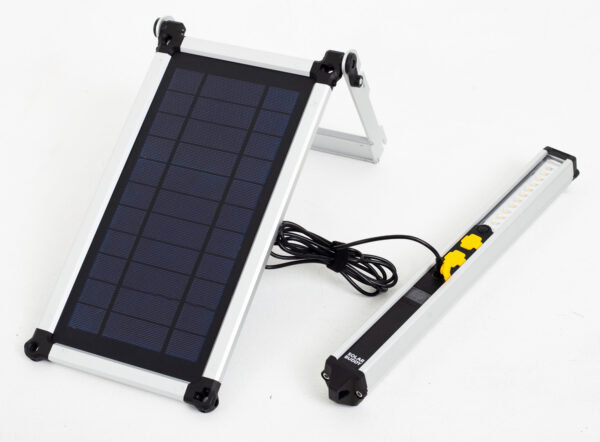
Image: SolarBuddy
The program includes many First Nations communities across parts of Western Australia, Northern Territory, and Far North Queensland.
“To date, Illuminating Communities has been delivered to six communities, reaching more than 5,300 people experiencing extreme energy poverty,” MacKenzie said. Globally in 2024, the organisation distributed 50,043 solar devices impacting 338,398 lives.
In partnership with Victoria-headquartered solar lighting company LeadSun Australia and sponsors such as Airbus, Origin Energy and Goldman Sachs, the program has installed solar flood lighting in remote community streets improving safety and community engagement.
Personal lighting
Two personal products include the 10-by-5 centimetre JuniorBuddy launched in 2016 and StudentBuddy in 2024, which use solar panels repurposed from commercial or residential installations that are destined for landfill.
The StudentBuddy can illuminate a room approximately 6 metres squared and last for 100 hours between charges. It also includes a separate torch, which features 5 V output for two charging ports with a 3.7 V lithium battery and 3,000 mAh capacity.
Assembly is done globally by participants in the organisation’s social impact programs, corporate sponsor teams or by school students in STEM (science, technology, engineering, mathematics) education programs, and teaches them about renewable energy while assembling a device.
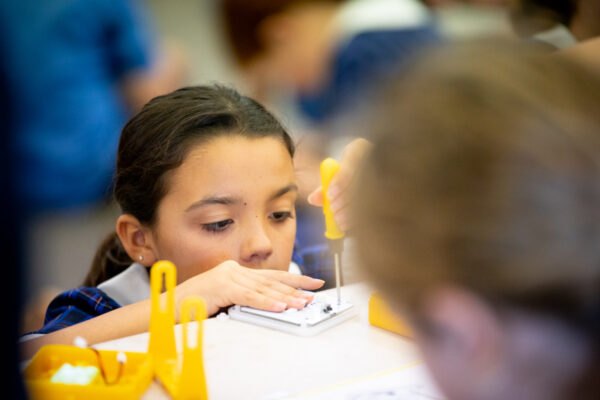
Image: SolarBuddy
“The StudentBuddy also allows households to charge essential devices without the need to travel long distances to visit charging stations – saving time, money and providing digital access opportunities from home,” MacKenzie said.
One of SolarBuddy’s success stories has been the creation of healthier environments for newborns in a Zimbabwe clinic, replacing toxic fuel sources with renewable solar alternatives, ensuring clean air for newborns.
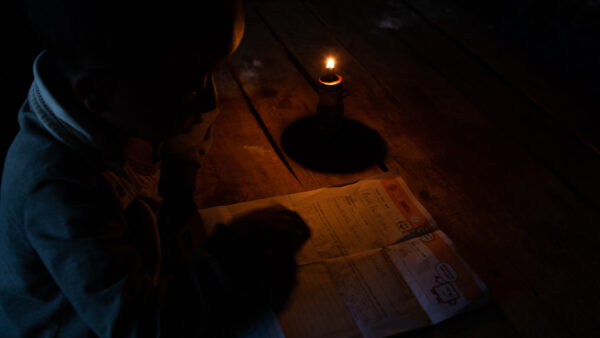
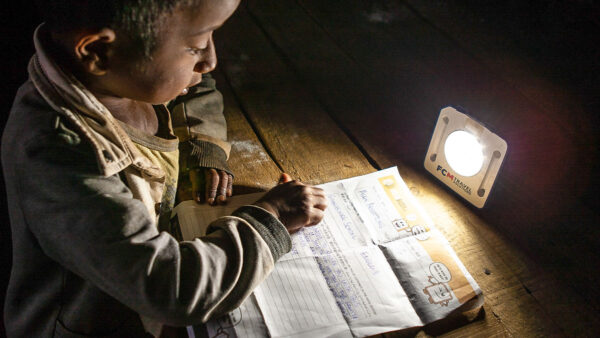
This content is protected by copyright and may not be reused. If you want to cooperate with us and would like to reuse some of our content, please contact: editors@pv-magazine.com.
